Are you ready to unlock your art potential and take your artistic journey to the next level? Whether you’re a seasoned artist looking to refine your skills or a budding creator eager to explore new possibilities, understanding the 5 Cs of art—creativity, confidence, consistency, curiosity, and craftsmanship—is the cornerstone of achieving art success. In this comprehensive guide, we’ll delve into how these essential elements can transform your approach, inspire your creative process, and help you build a thriving art skills blog that resonates with audiences worldwide. From mastering the best art skills to discovering effective strategies for growth, this article offers valuable insights and practical tips to empower your artistic journey. Let’s embark on a transformative exploration of art success and unlock the full potential of your creative talents.
Key Takeaways
– Leverage Consistency: Dedicate regular time to art creation to build lasting skills and discipline.
– Unleash Creativity: Experiment with various mediums and techniques to explore your artistic potential.
– Build Connections: Collaborate with peers and seek feedback to refine your craft and gain confidence.
– Push Boundaries: Embrace challenges and take creative risks to grow and evolve your style.
– Present Confidently: Showcase your work thoughtfully, knowing your artistic voice brings unique perspectives.
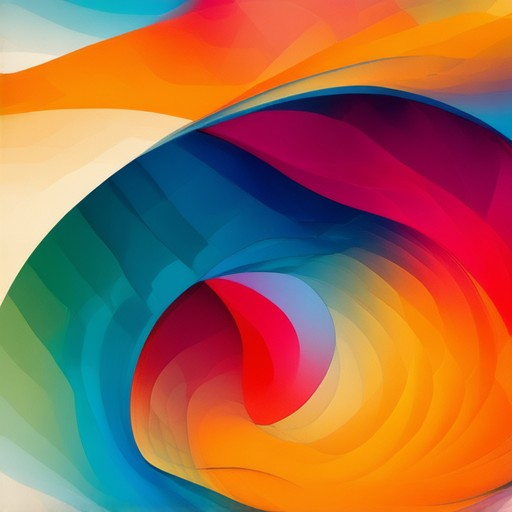
The 5 Cs of Art
The concept of the “5 Cs of Art” is often used to describe the essential elements that define the art world and its practices. These Cs provide a framework for understanding the dynamics of art creation, appreciation, and cultural impact. Below is a detailed breakdown of each component:
- Collection : A collection refers to the gathering and ownership of art pieces. Personal collections allow individuals to curate their own unique showcases, while public collections, such as those in museums, preserve and display artwork for broader access. Digital platforms have made collecting art more accessible, enabling people to build virtual collections and explore diverse artistic movements.
- Community : The art community encompasses artists, collectors, dealers, critics, and institutions. Online forums, social media groups, and art fairs have created vibrant spaces for artists to connect, share ideas, and collaborate. These communities play a crucial role in fostering creativity and supporting emerging talent.
- Culture : Art is deeply intertwined with cultural identity. Different cultures have unique art forms, traditions, and values that shape the creative landscape. The influence of globalization has brought diverse cultures into closer proximity, leading to hybrid forms of art that blend traditional and contemporary elements.
- Collaboration : Artistic collaborations occur between individuals, organizations, and even across different disciplines. Partnerships between artists and institutions, for example, often lead to groundbreaking projects. Collaborations can enhance the reach and impact of art, bringing it to new audiences and fostering innovation.
- Creativity : At the core of art lies creativity—the ability to think innovatively and express ideas uniquely. Techniques, styles, and mediums evolve over time, reflecting changes in technology and societal values. Creativity is what drives the art world forward, pushing boundaries and challenging conventions.
By understanding these five components, we gain insight into the multifaceted nature of art. Each element contributes to the richness of the art world, offering opportunities for engagement, learning, and growth. Whether you’re an artist, collector, or enthusiast, the 5 Cs of Art provide a comprehensive lens through which to view and participate in the dynamic field of art.
How to Start an Art Blog
To begin your art blog, follow these organized steps:
- Choose Your Niche : Decide on a specific area of art that interests you, whether it’s traditional mediums, digital art, street art, or a particular movement in history. This focus will help attract like-minded readers.
- Research and Plan Content : Before diving in, research popular art blogs and forums to understand what content resonates with audiences. Identify gaps in the market to offer unique perspectives or deeper dives into topics.
- Select a Platform : Choose a blogging platform that suits your needs. Popular options include WordPress, Medium, Blogger, or even Instagram for a more visual focus.
- Set Up Your Blog Technically :
- Domain and Hosting : Register a domain name and select hosting services.
- Design : Customize your blog’s theme to reflect your aesthetic. Use plugins or templates that support visual-heavy content.
- Create High-Quality Content :
- Types of Posts : Mix educational articles, artist spotlights, tutorials, reviews of art supplies or tools, and personal art projects.
- Optimize Images : Use descriptive file names and alt texts for better SEO and accessibility.
- Implement SEO Strategies :
- Keywords : Research and incorporate relevant keywords naturally into your content.
- Meta Tags : Optimize title tags and descriptions for search engines.
- Monetize (Optional) :
- Ad Networks : Join platforms like Google AdSense to monetize your content.
- Affiliate Programs : Partner with art supply companies to earn commissions on sales.
- Build an Audience :
- Engage : Respond to comments and start conversations with your readers.
- Promote Social Media : Share your blog posts on Instagram, Pinterest, and Twitter to reach a broader audience.
- Stay Consistent and Analyze :
- Regularly publish content to keep your audience engaged.
- Use analytics tools to track traffic and adjust your strategy based on performance.
By following these steps, you’ll establish a strong foundation for your art blog, fostering connections with fellow artists and art enthusiasts worldwide.
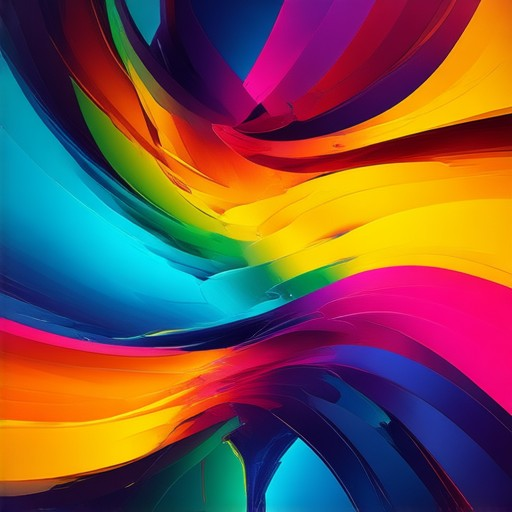
What Are the 7 Types of Art?
The concept of art encompasses a vast array of creative expressions, often categorized into distinct forms. While the definition of art can vary, here are seven primary types of art, each offering unique ways to express creativity and inspire:
- Painting : One of the most widely recognized forms of art, painting involves creating images or designs on a surface, typically canvas, using paints, colors, and brushes. Artists like da Vinci and Van Gogh have left lasting legacies in this medium.
- Sculpture : Carving or shaping three-dimensional materials like stone, metal, or clay to create statues, sculptures, or installations. Artists such as Michelangelo and Rodin are celebrated for their mastery in this field.
- Literature : Writing and authorship, encompassing novels, poetry, plays, and essays. This form of art allows for storytelling, philosophical reflection, and emotional connection through words.
- Architecture : The art and science of designing structures and spaces, from buildings and bridges to urban layouts. Architects like Frank Lloyd Wright and Zaha Hadid have redefined modern architecture.
- Theater : A performing art that combines acting, directing, set design, and costumes to bring stories to life on stage. Plays like Shakespeare’s Hamlet have had enduring impacts on theater.
- Film : The art of storytelling through moving pictures, involving cinematography, editing, and scriptwriting. Directors like Spielberg and Nolan have revolutionized the film industry.
- Music : The creation of sound and rhythm through instruments or voice, spanning genres from classical to rock. Composers like Beethoven and Bowie have left indelible marks on musical history.
These art forms, while distinct, often intersect and influence each other, reflecting the diversity of human creativity. Whether you prefer visual arts, performing arts, or literary works, there’s something for everyone to appreciate and engage with.
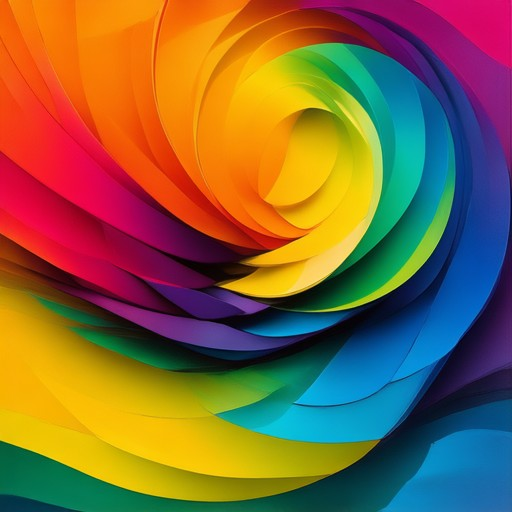
How to Improve Your Art Skills
To enhance your art skills, consider implementing the following structured approach:
- Consistent Practice : Dedicate 15-30 minutes daily to art creation. Set specific times, such as mornings before work, to foster consistency. Use reminders on your phone to stay committed.
- Master Fundamentals : Begin with basic techniques like shading and perspective. Choose a specific area, such as portraiture, to focus on initially. Consider still life subjects for structured practice.
- Engage in Classes and Workshops : Explore online platforms for affordable courses. Join forums or communities for support and feedback. Overcome shyness to seek critiques, which offer valuable insights.
- Explore Different Media : Experiment with mediums like digital art or watercolors to broaden your skill set. Rotate mediums monthly to maintain interest without spreading yourself too thin.
- Study Great Artists : Analyze masterpieces focusing on composition and color theory. Use these studies as foundational knowledge, inspiring your unique style rather than copying.
- Nurture Creativity : Keep a creative journal for jotting ideas and quick sketches. Visit virtual galleries or attend nature walks with your sketchbook for inspiration.
- Seek Feedback : Join supportive online groups for constructive criticism. Share your work to identify strengths and areas for improvement, despite initial fears.
- Embrace Risk-Taking : Experiment with new techniques, understanding that mistakes are part of the learning process. Approach failures as stepping stones towards growth.
- Set Realistic Goals : Break objectives into manageable steps, such as completing one painting per month or mastering a technique yearly. Track progress in a journal to monitor achievements.
- Stay Curious and Open-Minded : Explore evolving art trends and technologies. Attend workshops or festivals for networking and inspiration, embracing new creative avenues.
By integrating these strategies, you can build a solid foundation and evolve your artistic skills over time.
How to Regain Art Skills
Regaining art skills requires consistent practice, patience, and a growth mindset. Here’s a step-by-step guide to help you reconnect with your creativity:
- Set a Routine:** Establish dedicated time each week for art projects. Even short sessions can make a difference.
- Experiment with New Mediums:** Try different materials or styles to spark inspiration and challenge yourself.
- Seek Feedback:** Share your work with friends, mentors, or online communities to get constructive criticism and insights.
- Stay Inspired:** Explore art exhibits, watch tutorials, and follow artists on social media to reignite your passion.
- Practice Daily:** Consistency is key. Dedicate a few minutes daily to draw, paint, or experiment with mixed media.
- Keep a Portfolio:** Document your progress and revisit old pieces to track your improvement over time.
- Join a Community:** Participate in art classes, workshops, or online groups to connect with like-minded individuals.
- Embrace Mistakes:** Understand that learning often comes from trial and error. Don’t be afraid to make imperfect art.
- Set Realistic Goals:** Break down your objectives into manageable tasks to avoid feeling overwhelmed.
Remember, improving your art skills is a journey. Celebrate small victories and stay committed to your creative journey. With persistence, you’ll rediscover the joy and fulfillment that comes with art.
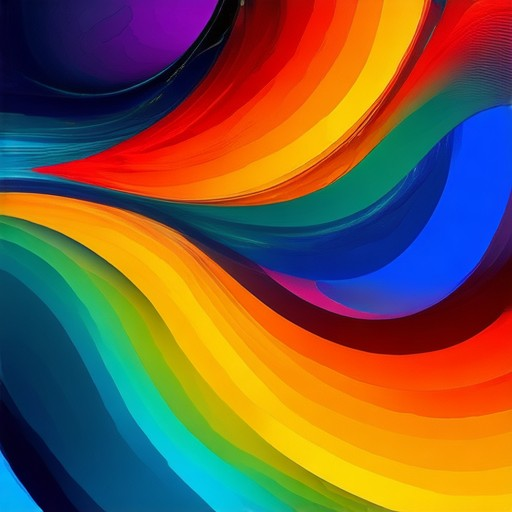
How to Assess Improvement in Your Art
To evaluate your progress in art, consider the following structured approach:
- Regular Self-Review : Schedule monthly reviews of your artwork. Compare pieces from previous months to observe changes in technique and style. Document your observations in a journal for clarity.
- Seek Objective Feedback : Share your artwork with teachers or trusted peers. Ask specific questions to gain targeted insights into your strengths and areas for improvement.
- Analyze Technique and Style : Examine aspects like brushwork, composition, and color usage. Compare recent works with older pieces to identify advancements.
- Track Experimentation : Keep a journal detailing experimental techniques. Note outcomes and reflect on how your approaches have evolved.
- Maintain Regular Practice : Establish a daily routine, even brief, to build consistency and gradually enhance skills.
- Leverage Resources : Utilize tutorials and articles from platforms like Artful Journey to learn effective techniques and strategies.
- Celebrate Progress : Acknowledge small improvements and maintain a portfolio or blog to visually document your journey and achievements.
- Stay Curious and Open-Minded : Approach feedback positively, viewing it as a catalyst for growth rather than criticism.
By integrating these strategies, you can effectively monitor and celebrate your artistic development over time.
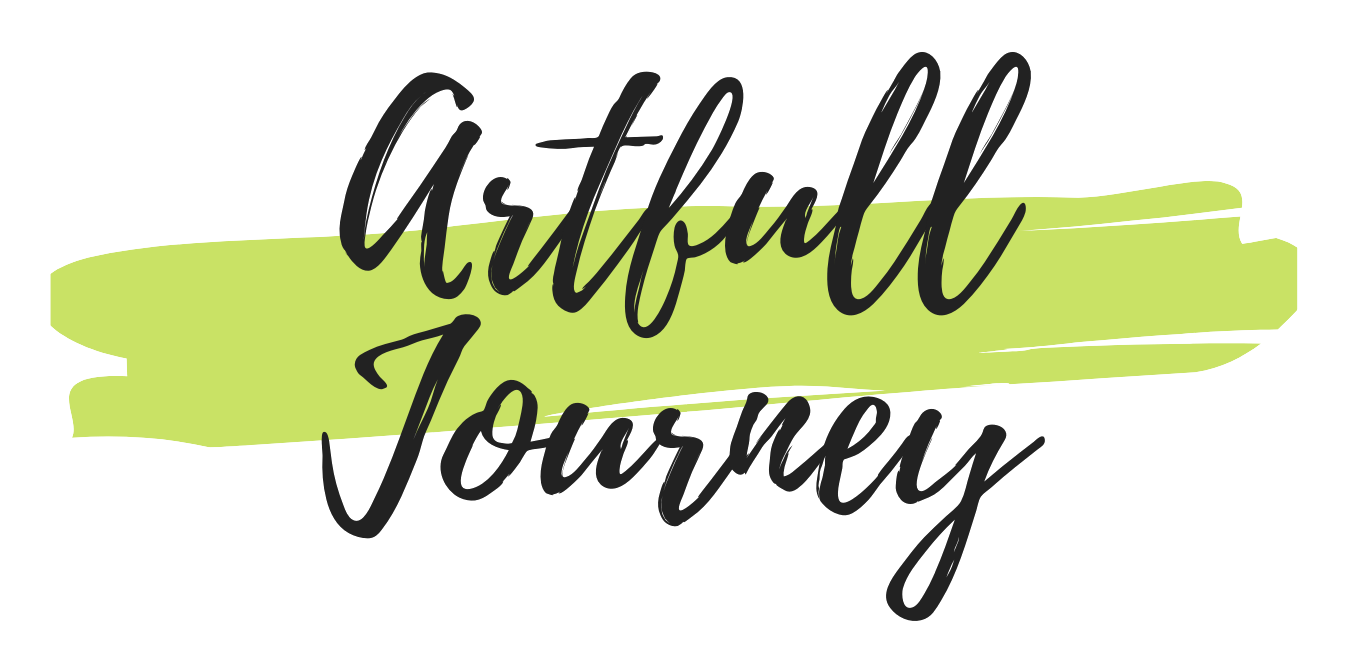



0 Comments